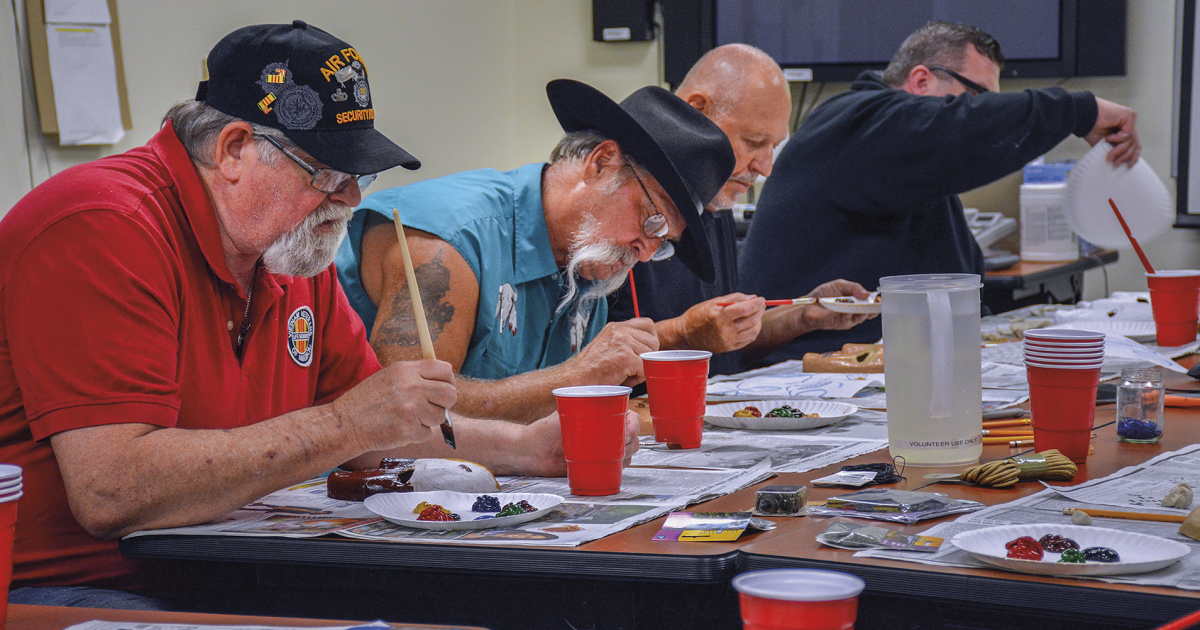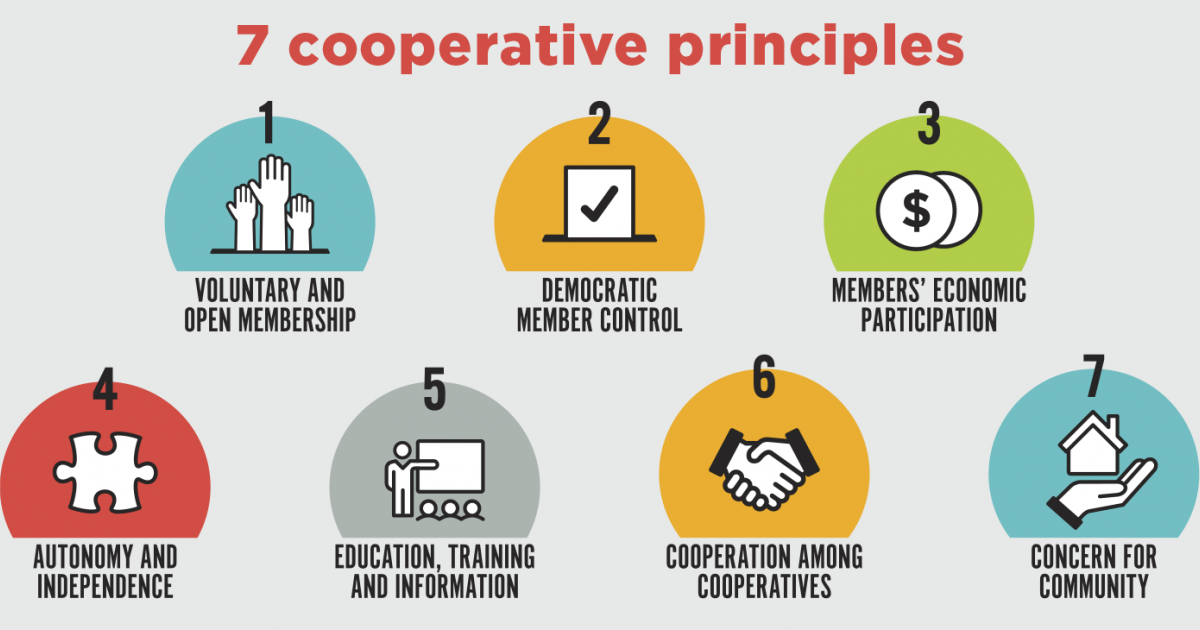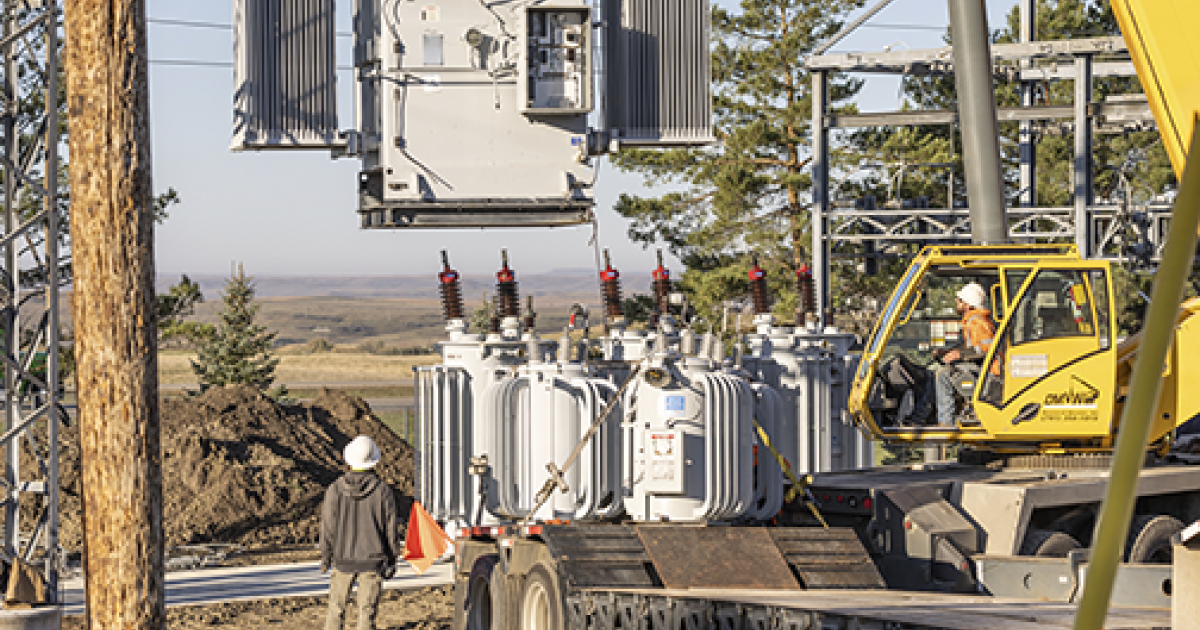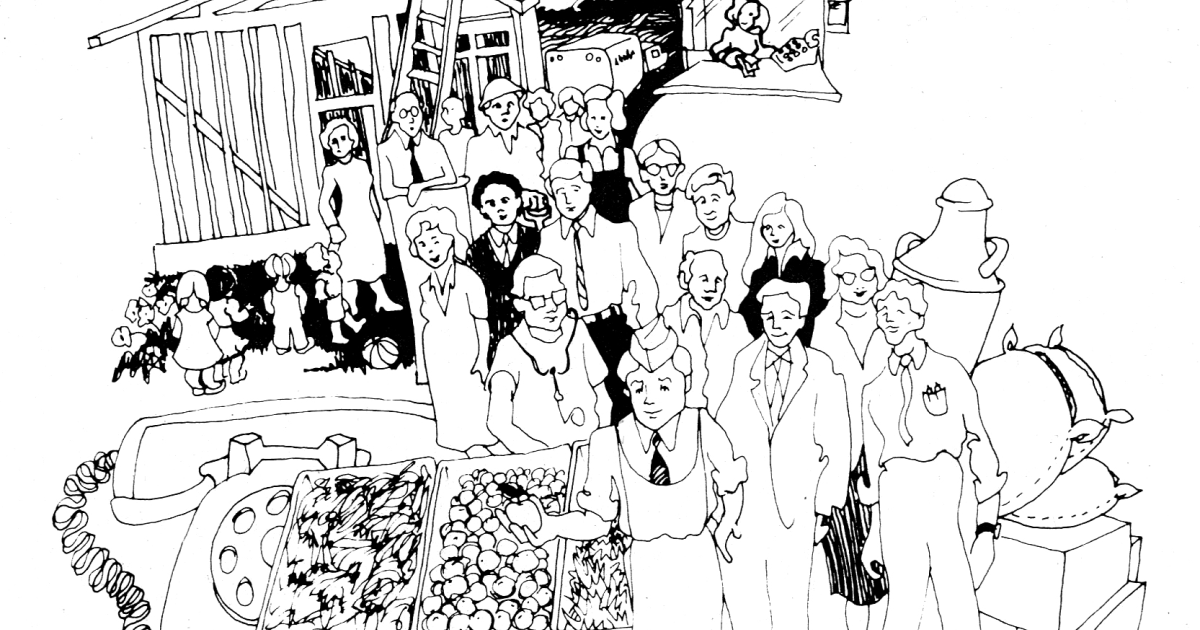As I have been exploring genealogy with my son, we are finding connections to earlier generations. Through the technology of online searching and the translation of marriage, baptism and death certificates into English, we have reached the mid-1600s on our family tree.
Like many of us in the Midwest, our family members were mostly farmers in their home countries. My maiden name meant “rural farm” in Norwegian. My distant grandparents came to America for all the usual reasons: They sought new opportunities while escaping political issues and seeking religious freedom.
I can’t imagine how hard these early farmers worked to clear land using plows and draft animals. These earlier generations were very resilient in their ability to survive bitter cold winters and put food on the table. I admire their determination and ability to thrive in ways that paved the way for future generations.
A SIMPLER LIFE
If you live (or grew up) on a farm, you may have heard your older relatives reminiscing. Before building their home, my great-grandparents lived in a sodhouse with quite a few children and some unwanted “wild varmints” that tunneled through the soil.
I still have their recipe for Norwegian flatbread made with wheat grown on their farm and milled nearby. Maybe you have stories and recipes handed down through the generations.
We can learn from the experiences of our older populations. Most earlier generations grew large gardens, and they knew how to store foods to last through the winter months before refrigeration. They had fresh milk, eggs and meat from the animals they raised. They ate the “whole foods” we try to convince people to eat today.
I appreciate all the modern conveniences in my kitchen and life in general. We certainly have more advanced medical care, and most chronic diseases can be treated.
As I have explored my ancestry, I was happy to learn many of my relatives lived much longer than I expected. Lifestyle is key to longevity for the first 70 years of our lives according to researchers, then genetics often plays a more significant role.
MODERN MEALS FOR THE FIELD AND BEYOND
We live in an increasingly technology-filled world. Technology has changed farming practices and expanded farmers’ ability to help feed the world.
In many ways, the meals of our ancestors were healthier than many of the convenient “ultra-processed” foods on the market today. With advances in food technology, some modern foods are high in salt, saturated fat and added sweeteners.
If you pack meals for yourself or someone else, consider a few ideas.
• Include a protein source, such as dairy, meat, poultry and/or a plant source, such as beans, lentils and nuts. Protein helps you feel full longer.
• Add vegetables, fruits and whole grains to menus. These foods provide healthy carbohydrates along with vitamins, minerals and fiber. Most of us shortchange ourselves on the 4½ to 5 cups of fruits and vegetables recommended every day.
• Read the food package labels and check the ingredient list. If some of the words on the ingredient list are nearly impossible to pronounce, it’s probably an “ultra-processed” food. Minimize these foods on your menu.
• Aim for variety in snacks and meals. Mozzarella cheese sticks, whole-grain crackers with peanut butter and apple slices are a healthful pick-me-up with four food groups represented.
• Remember food safety principles. When food is transported, take care to keep perishable food temperature-safe.
• Be sure to have a way to keep your hands clean, such as using moist towelettes followed by a hand sanitizer with 60% alcohol to kill germs if you are far from handwashing facilities.
If you need some additional inspiration, including menu ideas and cost-saving tips, check out “Food Preparation” at www.ag.ndsu.edu/food to learn more.
___
Julie Garden-Robinson, Ph.D., R.D., L.R.D., is a professor and food and nutrition specialist with NDSU Extension. She has written a weekly column, “Prairie Fare,” for more than 25 years.
Transporting Food?
Whether you’re delivering meals to the field or packing a lunch, consider these tips to keep food temperature-safe:
• When using a cooler, remember blocks of ice are more efficient at keeping food cold.
• Fill thermos containers with boiling water, then empty before adding hot soup or beverages.
• Consider wrapping hot sandwiches with plastic wrap, then foil to help maintain temperature during transport.
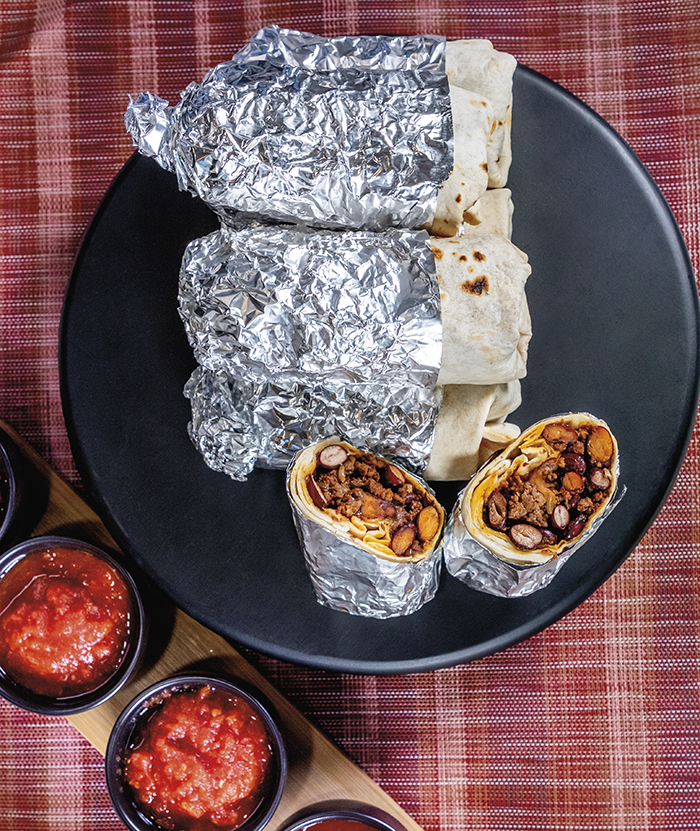
½ pound ground beef
1 onion, chopped
2 15-oz. cans kidney, pinto or red beans
1 T. chili powder or 1 package taco seasoning
8 large flour tortillas
Salsa of choice
Brown ground beef and onion in a frying pan. Drain fat. Mix in beans and seasoning. Put one-eighth of meat mixture in the center of the tortilla. Wrap burrito by folding opposite edges of the tortilla over the meat mixture, then folding tortilla edge closest to you over the meat mixture and rolling. Set burrito seam side down in baking dish. Heat burritos in a covered dish for 10 to 15 minutes at 350 degrees. Wrap in plastic wrap, then foil for an easy grab-and-go meal.
SIDE ITEM SUGGESTIONS: Whole-grain tortilla chips, corn and black bean salsa, fruit
RECIPE from NDSU Extension’s “A Pocket Guide to Meals in the Field”
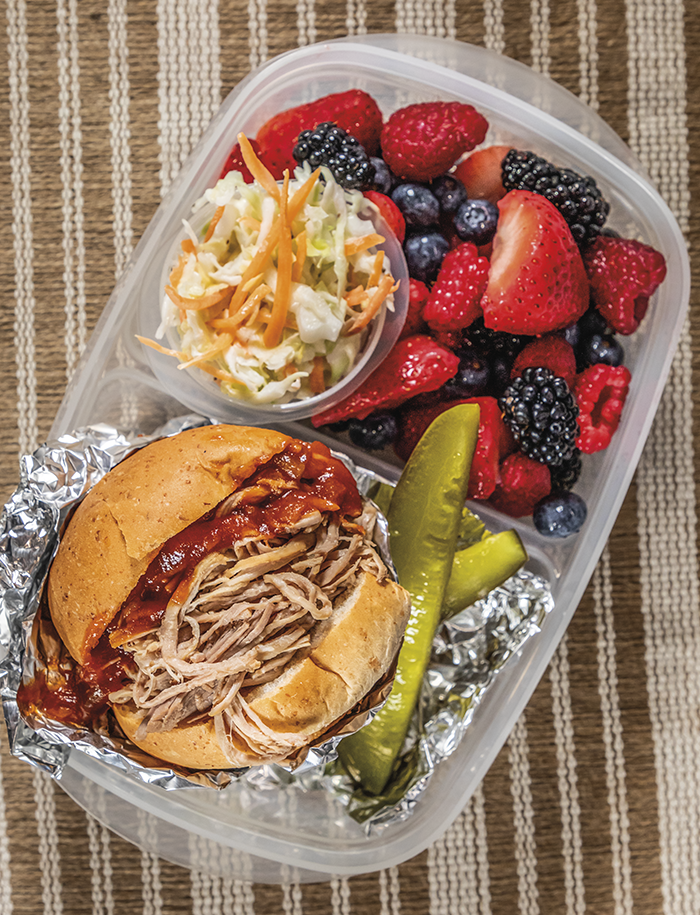
1 small pork tenderloin (2 to 3 pounds)
1 packet dry onion soup mix
¾ cup water or broth
Wheat buns and assorted toppings
Cut thawed tenderloin into three chunks. Add all ingredients to slow cooker. Cook on high for 6 hours. Pull apart meat after 4 or 5 hours. Serve on a wheat bun with barbecue sauce and assorted toppings, like pickles or slices of tomato, cucumber or zucchini.
SIDE ITEM SUGGESTIONS: Salad (coleslaw, potato salad or cold pasta salad with vegetables), baked chips or corn chips, fruit
RECIPE from NDSU Extension’s “A Pocket Guide to Meals in the Field”
Barbecue Sauce Recipe
1 small onion, chopped
½ cup celery, chopped
3 T. Worcestershire sauce
6 T. lemon juice
2 cups ketchup
1 cup water
2 T. butter
2 T. vinegar
2 T. brown sugar
½ tsp. dry mustard
Salt and pepper, to taste
Combine all ingredients in a saucepan. Cook over medium heat until thick.
RECIPE from the 1971 “North Dakota Rural Electric Magazine Cook Book,” courtesy of Mrs. Walter Streifel, a Baker Electric Cooperative (now Northern Plains Electric Cooperative) member from Esmond




